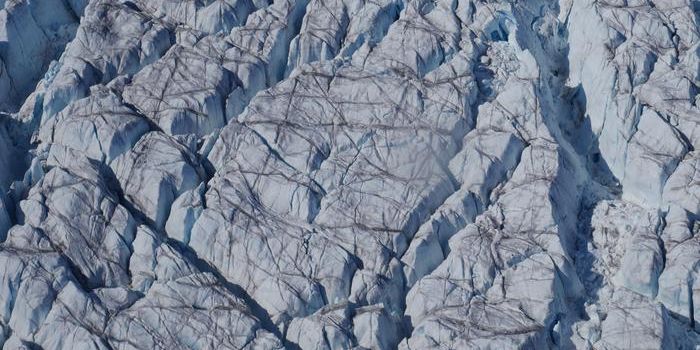The more synergy the better, right?
A new investigation led by Dr. Faruque Hasan, Kim Tompkins McDivitt and Phillip McDivitt from the Department of Chemical Engineering at Texas A&M University, showcases a novel method that combines the benefits of renewable energies like solar and wind with those of CO2 capture. The team details their findings in the journal Energy & Environmental Science.
"We are addressing three things that each have pros and cons: fossil fuels are cheap, but they release a lot of CO2; CO2 capture is very beneficial for the environment, but it is prohibitively expensive; renewable energy sources such as wind or solar power are good for the environment, but the energy output is intermittent and variable," explains Dr. Hasan.
To cultivate the advantages of all of these technologies, the group considered the synergistic integration of renewables and flexible carbon capture with individual fossil power plants. According to Science Daily, synergy refers to the combined effect of cooperative interactions between two or more organizations, substances or other agents that is greater than the sum of their separate effects.
"Despite the growing interest in sustainable renewable energy sources, their intermittent availability would make it difficult to completely replace the dispatchable fossil-based energy generators in the near future," noted firth author Manali Zantye.
The team showed that synergistically integrating a flexible CO2 capture system that stores CO2 for short periods of time (removing it only when the cost of power is low) and uses renewable energy can greatly reduce operational costs and energy output.
"We have developed a computational framework to utilize dynamic operational schedules to manage all these very complex decisions," said Hasan. "Developing carbon capture technology is very important, but equally important is how you integrate them. The operational aspect of integration is very important. Our study shows that this can be done in such a way that renewables, fossil fuels and carbon capture are all working together."
Sources: Energy & Environmental Science, Science Daily








